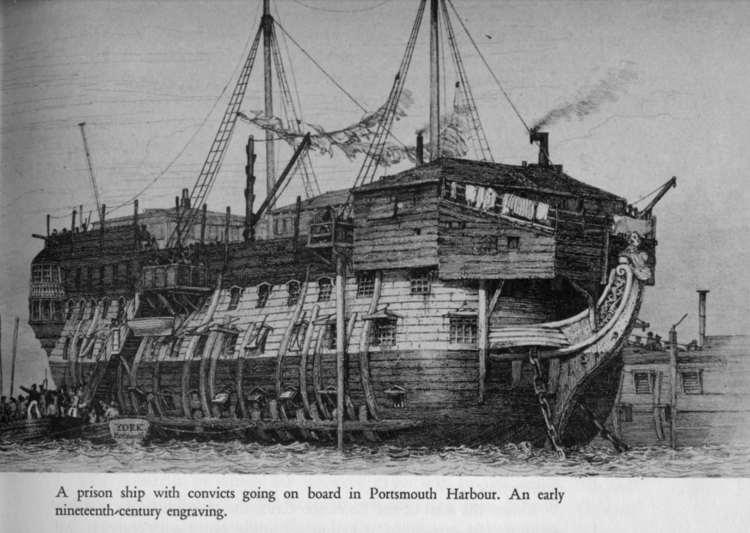
No race or ethnicity has an exclusive claim to being enslaved by others in the past or present, and the peopling of North America clearly shows white indentured servants preceding the arrival of Africans purchased from the tribes that had enslaved them.
Bernhard Thuersam, www.Circa1865.com The Great American Political Divide
White Slaves Prior to Black
“More than half of all persons who came to the colonies south of New England were [white indentured] servants. The Puritan communities, scanty in their agriculture, chary of favors, hostile to newcomers as they were, received few. Farther south, on the contrary, they were hailed with delight by planters and farmers who wanted cheap labor . . . They formed the principal labor supply of earlier settlements.
Not until the eighteenth century were they superseded in this respect by Negroes, and not until the nineteenth century did an influx on free white workers wholly remove the need for indentured labor. Seldom did the supply of good white servants equal the demand.
Labor was one of the few European importations which even the earliest colonists would sacrifice much to procure, and the system of indentured servitude was the most convenient system next to slavery by which labor became a commodity to be bought and sold.
It was profitable for English merchants trading to the colonies to load their outgoing ships with a cargo of servants, for the labor of these servants could be transferred to colonial planters at a price well above the cost of transporting them.
The English government was well content that the handling of emigration should be in the hands of private business men. It liked to see the establishment and peopling of colonies go slowly forward without requiring from the state either financial commitments or moral responsibility.
Few planters could journey to England and select their own servants. Hence they were practically always indentured to a merchant, an emigrant agent, a ship captain, or even to one of the seamen, and then exported like any other cargo of commodities. Upon arrival in the colonies they were displayed on deck, the planters came on board to inspect them, and they were “set-over” to the highest bidder.
If the servant had a document of indenture, a note of the sale and of the date of arrival was often made on [his or her] back, and the transaction was then complete. During all the seventeenth century indentured servitude was the only method by which a poor person could get to the colonies or by which white labor could be supplied to planters.”
(Colonists in Bondage, White Servitude and Convict Labor in America, 1607-1776, Abbott Emerso

No comments:
Post a Comment